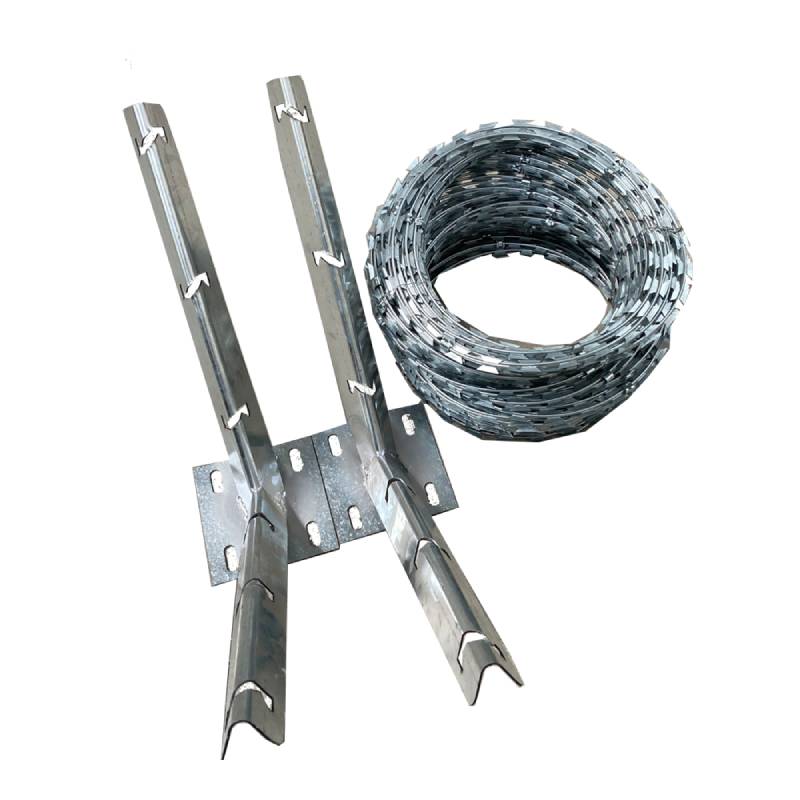building a barbed wire fence for cattle
Building a Barbed Wire Fence for Cattle
Building a barbed wire fence is an essential undertaking for anyone managing cattle, as it provides both security and a boundary for the animals. A well-constructed barbed wire fence can deter intruders, protect livestock from predators, and ensure that the cattle do not wander off into hazardous areas. This article outlines the key steps and considerations when building a barbed wire fence for cattle.
Planning Your Fence
Before you begin construction, it is important to plan your fence layout carefully. Identify the area you want to enclose and evaluate the terrain. Take note of any natural obstacles such as trees, water sources, or hills. A clear plan will help you understand how much material you need and what kind of fence design would be the most effective.
Gathering Materials
For a standard barbed wire fence, you will need the following materials
- Fence Posts Typically made of wood or metal, these posts serve as the backbone of the fence. Wooden posts should be treated to resist rot, while metal posts offer enhanced durability. - Barbed Wire Choose high-quality, heavy-gauge barbed wire that can withstand the elements and the force of cattle. - Fencing Staples These will help secure the barbed wire to the posts. - Insulators If you plan to combine barbed wire with electric fencing, insulators will help keep the wire from making contact with the posts. - Tools You’ll need a post hole digger, a hammer, wire cutters, pliers, and a tensioning tool for the wire.
Setting the Posts
The first step in building your fence is setting the fence posts. Posts should be placed approximately 8 to 12 feet apart, depending on the terrain and the type of livestock you are enclosing. Use a post hole digger to create holes that are at least 2 to 3 feet deep. This depth helps ensure stability, especially in adverse weather conditions.
building a barbed wire fence for cattle

Once the holes are ready, place the posts into the holes and fill them with concrete or compacted soil to secure them in place. Allow any concrete to cure fully before proceeding, as this will provide additional strength.
Installing the Barbed Wire
After the posts are set, it’s time to install the barbed wire. Start by unrolling the wire and attaching it to one of the terminal posts, which are typically stronger and serve as anchors. Use fencing staples to secure the wire to the posts, making sure to keep it taut without excessive stretching that may cause it to snap.
When securing barbed wire, be sure to leave some slack to allow for temperature fluctuations that can cause the wire to expand and contract. It is common to install two to five strands of barbed wire, depending on the height and strength required for your specific cattle breed.
Final Inspection and Maintenance
Once the barbed wire is installed, conduct a thorough inspection of the fence for any potential weak spots, loose wire, or hazards that could harm the cattle. Make any necessary adjustments to ensure everything is secure.
Regular maintenance is crucial for the longevity of your fence. Periodically check for rust on metal components, loose wire, and damaged posts. Prompt repairs will keep your fence effective and your cattle secure.
Conclusion
In conclusion, building a barbed wire fence for cattle is a significant investment in both time and resources. By carefully planning your layout, gathering the right materials, and taking the time to install the fence properly, you can create a durable and effective barrier that will protect your cattle and enhance your pasture management efforts for years to come.
-
Space-Saving Chain Fence Hacks Vertical Gardening with Cyclone MeshNewsJul.16,2025
-
Innovations in Iron Nail Wire Production for Modern ConstructionNewsJul.16,2025
-
Creative Uses of Wire Netting Fence in Modern Landscape DesignNewsJul.16,2025
-
Barbed Wire Fence Innovations in Anti-Climb TechnologyNewsJul.16,2025
-
Architectural Uses of Umbrella Nails for Aesthetic Roof DesignsNewsJul.16,2025
-
Architectural Uses of Razor Barbed Wire in Secure Urban DesignNewsJul.16,2025




